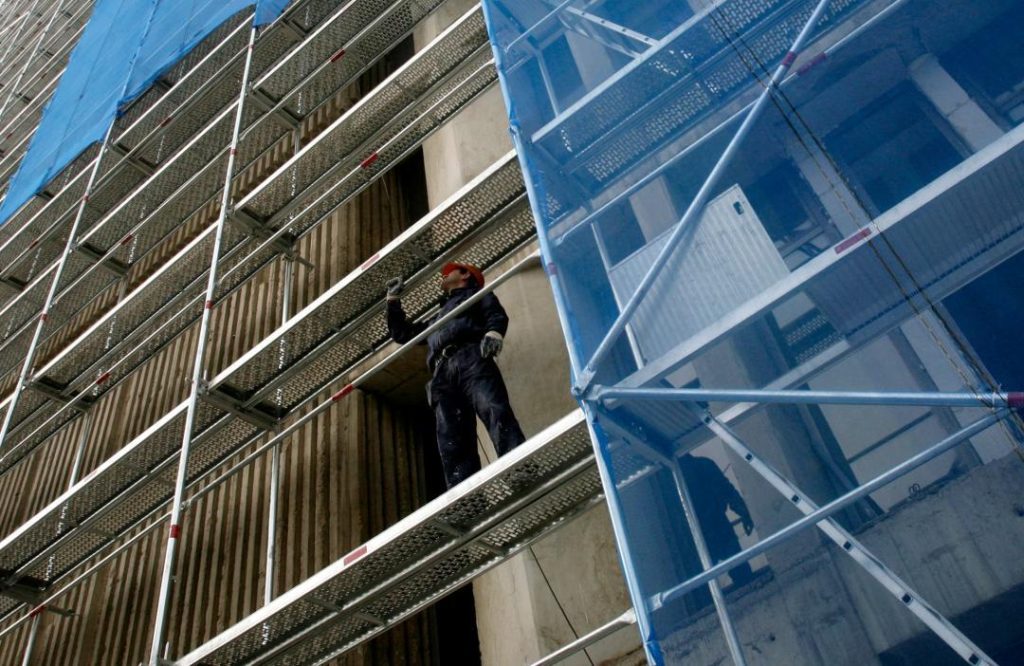
IIT Making Glass to Keep Buildings Cool in Summer & Warm in Winter
As the world grapples with the challenges of climate change, sustainable architecture is becoming increasingly important. One of the key issues in building design is regulating temperature, particularly in regions with extreme weather conditions. In the Indian city of Indore, researchers at the Indian Institute of Technology (IIT) have made a groundbreaking discovery that could revolutionize the way we build. They are developing a “smart glass” that can keep buildings cool in the summer and warm in the winter, using a special porous organic polymer.
The smart glass, also known as an electronic curtain glass, can regulate light and heat by applying a small electric current. This innovative material has the ability to change color and transparency, allowing it to block sunlight and heat when needed, or let it in when it’s cooler. This means that buildings can be designed to be energy-efficient, reducing the need for air conditioning and heating systems.
The research team, led by Dr. Swapnil Deshpande, has been working on the project for several years. They have developed a special porous organic polymer that is lightweight, flexible, and can be easily integrated into building materials. The polymer is made up of a network of tiny pores that can be controlled by an electric current, allowing it to change its properties.
According to Dr. Deshpande, the smart glass has several advantages over traditional building materials. “It can be used to control the amount of light and heat that enters a building, which can significantly reduce energy consumption,” he said. “It also has the potential to be used in a wide range of applications, from residential buildings to commercial spaces.”
The potential benefits of the smart glass are significant. In regions with extreme weather conditions, it could help to reduce energy consumption and improve indoor air quality. It could also be used to create more comfortable and sustainable living spaces, reducing the need for air conditioning and heating systems.
The research team has conducted several experiments to test the smart glass, with promising results. They have used the material to create a prototype building that can regulate its temperature and lighting conditions, and have tested its energy efficiency in various weather conditions.
“The smart glass has been tested in a variety of weather conditions, from hot and humid to cold and dry,” said Dr. Deshpande. “It has consistently performed well, and we are confident that it has the potential to make a significant impact on the construction industry.”
The development of the smart glass is part of a larger effort to promote sustainable architecture in India. The Indian government has set ambitious targets for reducing carbon emissions and increasing the use of renewable energy, and the construction industry is playing a key role in achieving these goals.
The smart glass is just one example of the innovative materials and technologies being developed to promote sustainable architecture. Other researchers are working on projects such as self-healing concrete, which can repair cracks and damage without the need for human intervention, and energy-harvesting windows, which can generate electricity from natural light.
As the world continues to grapple with the challenges of climate change, innovative materials and technologies like the smart glass are critical to promoting sustainable architecture and reducing our carbon footprint. The development of this material is a major step forward, and has the potential to make a significant impact on the construction industry and beyond.
Source: https://repository.inshorts.com/articles/en/PTI/319121e5-f2f2-4d36-b9bd-364925f8a154






